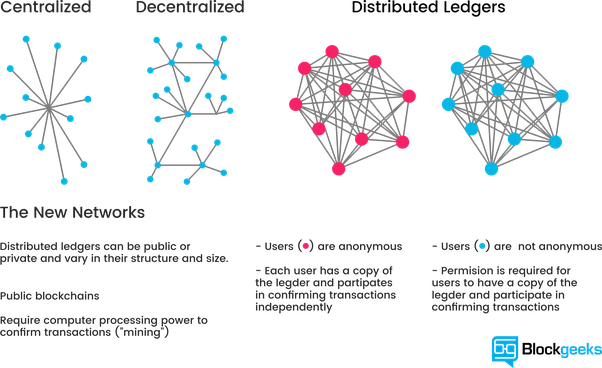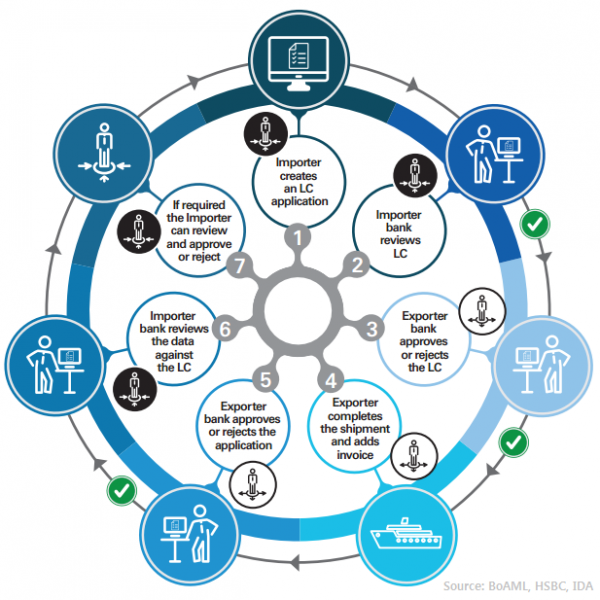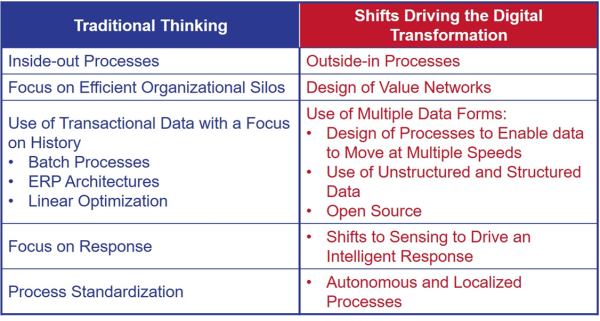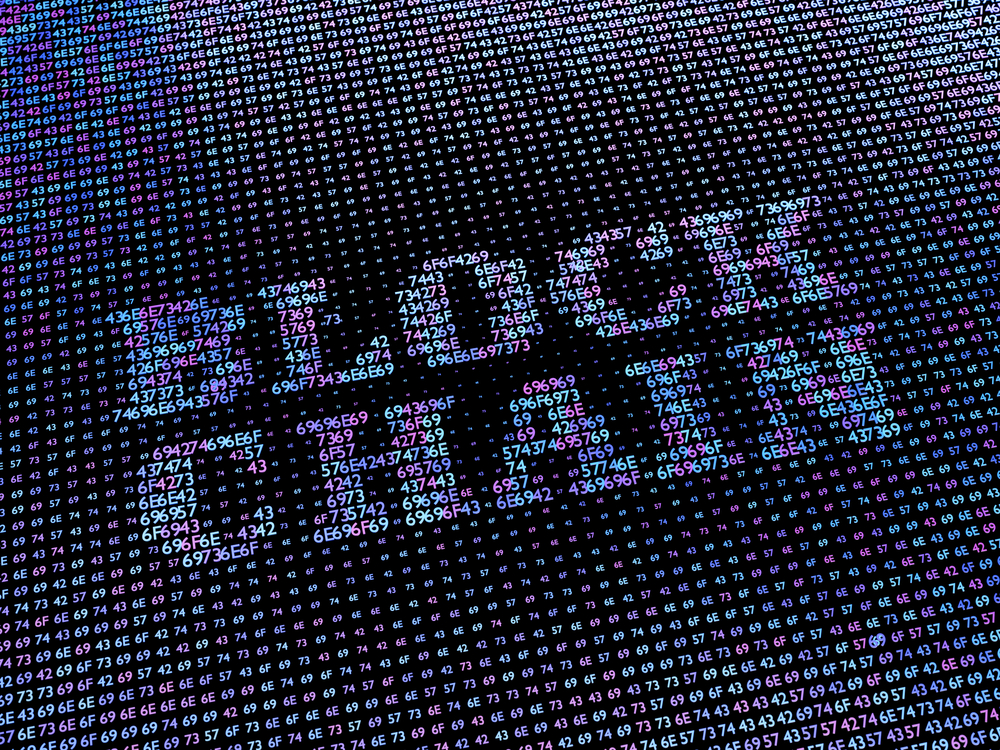During the 2017 Supply Chain Insights “Imagine Supply Chain 2030 Global Summit” I found myself surprised and confused by a topic I felt I had a strong handle on. Having sponsored my own companies R&D efforts in BlockChain I thought I had a deep and clear understanding of how this technology would mature and become demanded by our client’s clients.
I nearly fell over when Brian Tessier (Schneider Electric) began explaining their pilot to use BlockChains to manage the process of onboarding new business partners.
I began mental flailing … “Why would you do that” … “Surely that’s the wrong tool for the job” … “What do they know that I don’t?”…
By the end of the summit it was clear to me that I needed to re frame my expectations around BlockChain.
Blockchain: The Great Paradigm Shift
Blockchain, we have all heard about it, so what are its use cases, and what it means for you?
When people describe BlockChain as open ledgers, or distributed ledgers, it reminds me of when people used to refer to the internet as the world wide web or information super highway, but in relation to Blockchain. Blockchain is the underlying technology behind all cryptocurrencies like bitcoin and ethereum, but it’s much broader than that. It has a potential of changing the way we work and communicate, making it more secure, efficient, and trustworthy.

“Why the future is blockchain? So what are blockchain’s main advantages? By performing the functions of record keepers and managers it would enhance decentralisation, reduce the amount of intermediaries involved and provide an alternative to how value can be stored. Physical as well as digital assets could be uniquely verified online to prove ownership.
As transactions stored on the blockchain could be independently verified and traced, it would be easier to fight crime, counterfeiting and fraud, reducing systemic risk in the financial system. A distributed digital ledger would make it near impossible to change or falsify data, because data would have to be altered across all the related “blocks” in the digital chain, so any tampering would be exposed. Consequently associated costs would fall, enhancing economic growth and prosperity.“ ~ The Conversation

“Although there are multiple competing standards, the good news is for the most part the distribution of the blockchain mechanism, as far as the individual packages, most of them are underpin by open source code that lived against relatively similar frameworks. They are going to be crossed compatible. This technology is so fluid, everybody could get started developing in this platform tomorrow….. You can shape the future of this platform, we stand right now for what can potentially be the next internet, so I strongly recommend you and your businesses to grab the wheel and get in…..” ~ Brian Tessier, VP of Innovation, Schneider Electric

Where are we now? In 2016, Lora Cecera facilitated a workgroup to design and test new approaches, including testing of new technologies like cognitive computing, blockchain, open source analytics, and the Internet of Things. She shared her learning summarized in four main points 1) Hard to Get the Right People to the Table, 2) Detours/Potholes and Spiraled Learning, 3) Trust Coupled with Big and Hairy Data, and 4) Need for Ongoing Education. I couldn’t agree more with the fourth point as we need to adapt to the paradigm shift.
“One of the biggest benefits for the members of this group is learning and ideation on next-generation supply chain processes. It has been fun to facilitate this learning. To spice up the discussion, I brought the smartest technologists to the table to share insights on Open Source analytics, blockchain, IOT and cognitive computing. All of these technologies are moving at fast speeds with overhyped promises. To grasp the potential impact requires a paradigm shift in thinking. Supply chain teams used to thinking in batch processes, with fixed hierarchical representations using relational database models, need to change. The world of schema on read, blockchain, cryptocurrency, rules-based ontologies, streaming data architectures and cognitive computing is all new.” ~ Lora Cecere, Founder of Supply Chain Insights

Shift in Paradigms: Lora Cecere, Founder of Supply Chain Insights
At Prophit Systems our research with blockchains and pilot work with the Australian Government, CSIRO’s Data61 has been valuable and tangible. We have been trialing using blockchains to provide proof of sourced materials. As materials are consumed and converted we are providing metadata around the usage, yield and process conditions that was applied during processing to associate the consumed material with the converted product and its new blockchain. The Blockchain ledger can then confirm the origin materials were consumed in transformed material.
Being immutable this ledger system offers a positive method to confirm the origin of materials, processes and services that have been used in the provision of products.
Tim Gray


